Alex Luna • May 26th, 2023.
Agritech, short for agricultural technology, enables those involved in farming and cultivation to make smarter, more efficient, and more sustainable choices. From the use of GMOs to satellite imaging to soil and water sensors, the impact of technology on agriculture can be felt throughout our food systems.
ClimateAi is one form of agro-technology that helps growers and agribusinesses better plan for macro weather-related events and future climate change-induced scenarios. Let’s look at some ways smart agriculture is changing the game in farming.
Agrotech (or agritech, or agtech) has made it possible to feed the world’s fast-growing population more efficiently than ever. Using machines, robots, software, and more, we can reduce waste and costs in food production. Consider a few agriculture technology examples:
About 10,000 years ago, humans learned how to domesticate plants and animals through irrigation and land-clearing. Now, thanks to agricultural innovation, we can raise crops in ways that produce more food using less valuable inputs. But, how exactly does this work?
Farmers can calculate the best combination of water irrigation, fertilizer, and pesticides, combined with soil type, to improve insect tolerance and protect crops. Scientists have even discovered the most efficient methods of pesticide application to minimize product use. These innovations have agritech to thank for money saved and crops’ ability to resist infestation.

There’s a popular picture comparing the average chicken size in the 1950s and today. If you haven’t seen it, it shows how we’ve tripled the amount of muscle mass in chickens in just a few decades.
Smart farming techniques have created better fertilizers, seeds, and genetically modified livestock that produce more meat, wool, or whatever the desired product is.
Automated farming refers to incorporating automation in agriculture via devices and machines such as:
Automation can reduce labor costs and increase yields by minimizing human error, plus saves time and money by providing more efficient and accurate farming practices. It also can reduce the need for pesticides and chemical fertilizers, resulting in a more sustainable and environmentally-friendly way of farming.
Precision agriculture technology gives farmers the tools to use crop inputs more efficiently. Things like water, fertilizer, and pesticides are large farmer expenses. Using less is good for the farmer as well as the planet.
To do this, farmers and farmer groups invest in new agriculture technology like drones and GPS systems that gather data and perform their functions accordingly.
Modern large-scale farming facilities are specialized, producing only a few different products. This has driven the development of improved logistics solutions and creative supply chain practices. Specialization doesn’t just mean sticking to one product; it could also mean niching down to one phase of growth. For example, some farms specialize in creating seeds while others produce fruiting crops. Some farms raise sheep for wool, others for dairy.
Thanks to new agrotechnological research, farmers can predict possible problems like input or commodity price changes or weather events that affect their niche and make informed, strategic plans.
Scientists of today have known about climate change’s looming threats for years now, and have developed some “climate-proof crop varieties” that have traits to withstand climate change’s impacts. These plants aren’t necessarily guaranteed to survive it all, but they’re resilient to location-specific climate shocks that are more adaptable to changing environments.
The goal is to A) ensure food security in the case of extreme climate change, and B) make agricultural practices more environmentally sustainable. New developments in agritech make this goal more possible every day.
Weather affects nearly all parts of crop production, and farmers have to respond to weather patterns to ensure their plants and livestock will thrive in their environments. Temperature changes, precipitation levels, and water availability influence agricultural productivity.
ClimateAi helps businesses predict such events and make strategic plans to mitigate risk and increase crop yields. Technology like ours will play a huge role in the future of farming given the predicted climate disruptions.
Climate change threatens to increase the likelihood of extreme weather like droughts and floods that disrupt food production. As these events become more commonplace, our global food supply will suffer in quantity and quality.
Crops have adapted to grow under certain conditions, and those conditions are becoming increasingly volatile. They’re being exposed to dryer soil, hotter temperatures, and increasing pest proliferance. For example, experts predict that corn yields will be 24% lower in 2050 than today. The impacts of climate change on agriculture pose great challenges for the farmers of the future.
This technology is all very exciting, but how do you know which type will help your business the most? ClimateAi has a host of solutions that boost businesses’ resiliency toward climate-related events by addressing variables like weather, soil, crops, livestock, and supply chain. Our platform accounts for this climate change agriculture impact to save money, mitigate risk, and plan for the future.
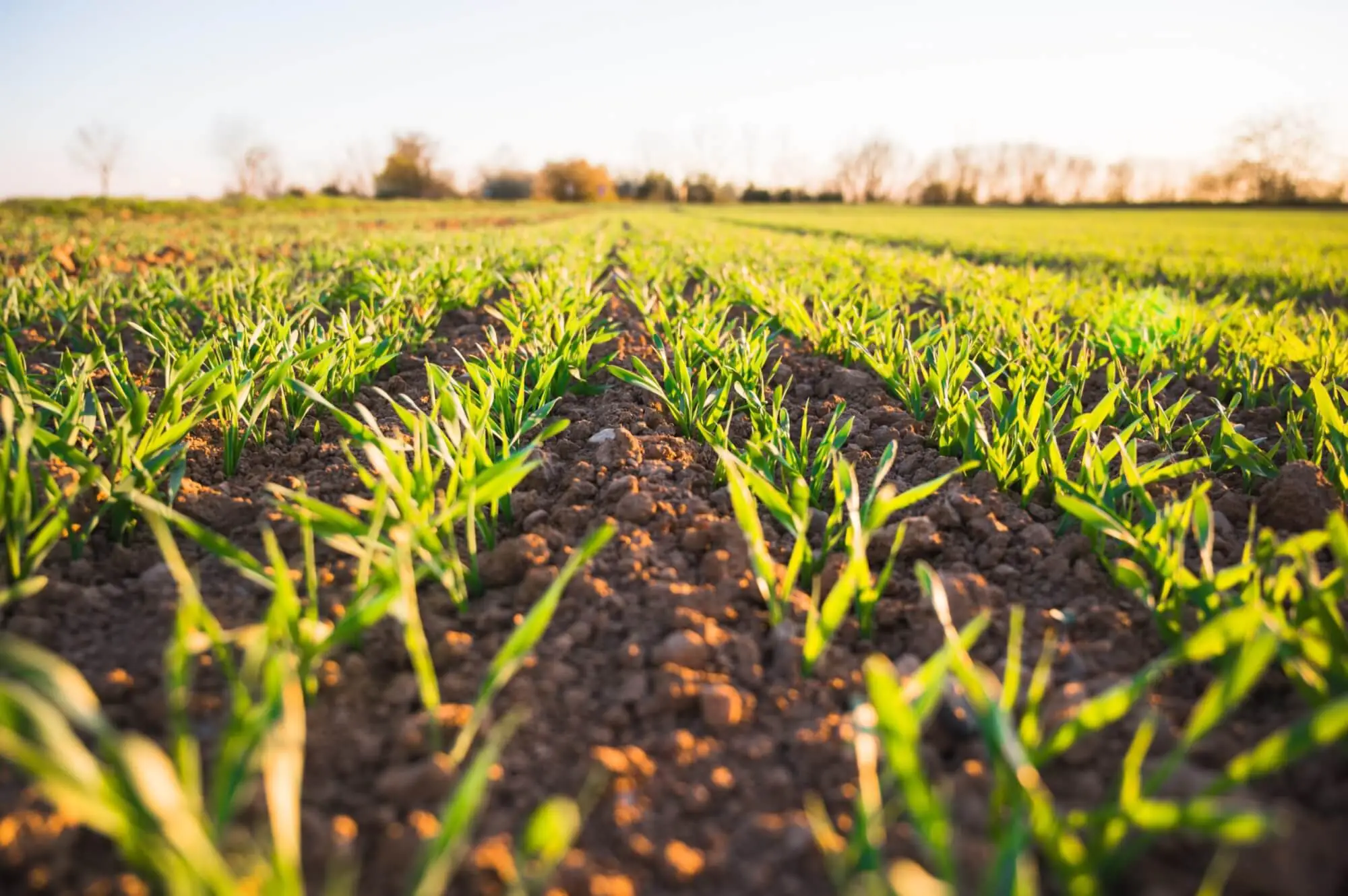
Gain actionable insights at the regional and field level and turn climate change risk into a competitive advantage. With our agriculture risk management tools, farmers can forecast extreme weather events to understand important factors like Chill Hours, Growing Degree Days, soil moisture, and water availability, translating them into projected yield. Taking advantage of climate-smart agriculture is necessary in times when historical data is becoming less relevant.
Weather is a strong indicator of the supply and demand patterns of some goods. Producers of seasonal products often have to wait for the weather to change to see a demand boost. For example, construction firms require more supplies after damaging weather events like hurricanes and tornadoes.
Our demand planning software helps avoid supply chain bottlenecks and makes it easier for companies to take advantage of key demand opportunities.
The water supply is changing: reservoirs are drying up, coastlines are encroaching, and water sources are becoming polluted. Now and in the future, water management software plays a paramount role in addressing short and long-term risks. Using agritech systems, we can minimize suffering and outages caused by unstable water availability.
ClimateAi’s climate risk software sheds light on how climate variables will impact your interests, portfolio, or assets. Past climate patterns are no longer reliable indicators of future conditions. Protect your investments by letting accurate prognoses inform your decision-making.
Supply forecasters need to anticipate supply shocks and weather events to strategically prep their quarterly and yearly operations. Agriculture technology service providers like ClimateAi utilize advanced artificial intelligence, machine learning, and blockchain in agriculture to identify current and upcoming weather patterns and their potential effects on the crops or livestock that farmers produce. We combine the best components from every public climate model on the globe to create the most accurate and transparent forecast.
Climate impact is now a non-negotiable variable when making short and long-term operational decisions. The future of farming is very clearly on the line; climate risk management software is the best way to identify areas of exposure, determine the scalability of operations, and identify sustainable opportunities.
Let us help you pinpoint potential risks and develop calculated cost-saving measures.

AI is revolutionizing the way farmers scale and optimize operations. Using computer models more powerful and high-speed than human cognition, AI can maximize output and minimize inputs at a more exact level than before possible.
Let’s examine some concrete digital farming techniques and how they incorporate artificial intelligence in agriculture.
Farmers can use AI to predict seasonal soil moisture given specific soil parameters like soil type, acidity, permeability, temperature, and more, to inform their decisions on irrigation needs, crop selection, quality control, and field operations. Not only does this prevent water waste, but it allows farmers to make long-term plans ahead of time and take better care of existing crops.
AI can predict and prevent crop damage from pests and diseases using image recognition, machine learning, big data, and historical trends. By detecting and recognizing patterns by plant type, location, and weather, AI in agriculture can identify potential threats before they do serious harm.
Preventing outbreaks saves farmers money on damaged products, but it also diminishes food waste, contributing to global sustainability goals.
AI can be used to streamline livestock health monitoring by providing farmers with real-time data on the animals’ food and water intake, behavior, and body temperature. This data can identify potential health issues and inform preventative actions. AI-enabled monitoring systems can be used to track the animals’ habits and alert farmers when an animal has not eaten for a certain period of time or if their body temperature is abnormal.
Farmers can also compare the health of individual animals or herds, preventing outbreaks, sequestering carbon in rangeland, and minimizing waste. AI makes the future of farming a brighter one.
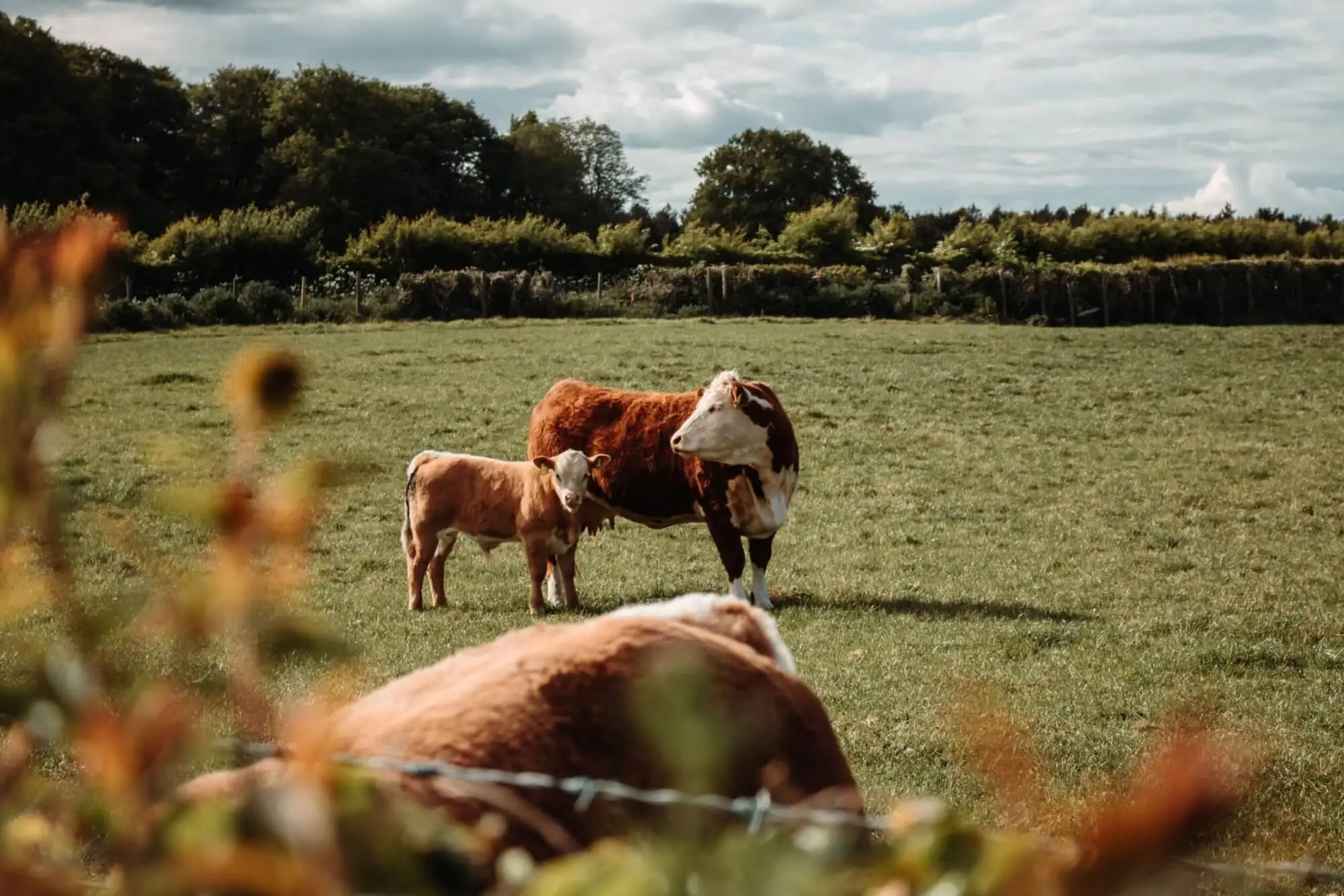
Automated weeding removes all weeds in proximity to the seedline to protect seedlings from exterior challenges and crowding. It typically involves a robot able to distinguish the crop from the weed and administer a small amount of herbicide. This optimizes human labor hours and the amount of pesticide applied. Here is yet another example of AI in agriculture being cost-effective and eco-friendly.
AI aerial imaging helps farmers monitor crops and herds by providing high-resolution images of their farms from a bird’s eye view. This agritechnology imagery can be used to identify potential pest infestations, diseases, or irregular growth patterns, alerting farmers before problems get out of hand. AI aerial imaging can also help farmers with other tasks like mapping irrigation lines, determining soil quality, identifying pesticide-needy areas, and assessing the health of their herds.
AI robots optimize pesticide and fertilizer use by using sensors and analytics to intelligently identify areas that need to be sprayed.
These machines can detect areas with higher concentrations of pests or disease-carrying organisms and target those areas for spraying. The robots can also use past data to identify likely areas for future infestations, allowing for proactive spraying. Using imaging and analysis, AI in agriculture can determine the most effective way to spray and the optimal amount of pesticide to use, helping to reduce overspraying, waste, and potential runoff.
Biotechnology in agriculture is the application of scientific techniques and engineering principles to the manipulation of living organisms and biological systems. Though its techniques often attract skeptical publicity, advanced agriculture technology has numerous benefits:
One of the most important agricultural advancements of our time has been the ability to create crops that are more resilient to weather changes, more resistant to diseases, easier to transport, and produce a more edible product.
The breakthroughs increase output by enlarging crops and preventing pest-related food waste. Farmers can also use fewer chemicals because their plants reject diseases and use nutrients more efficiently.
Pesticide-resistant crops were created to tolerate herbicides while they kill surrounding weeds. The majority of corn, soybeans, and cotton planted are pesticide-resistant which keeps prices affordable and supply stable.
Though there are a few issues with the environmental and human impacts of these crops, they have no doubt transformed and paved the way for agrotechnological science. Continued innovations could improve upon existing plant genes to enhance their sustainability and eco-friendliness in cultivation.
Synthetic chemistry in agriculture refers to the science behind herbicides, fertilizers, and other chemicals used to grow plants. Over time, scientists have developed more effective, less toxic formulas that control pathogens and increase the fertility of the soil.
Although the health effects of synthetic chemicals concern many, they’ve been essential in maintaining food supply levels for our ever-growing population. The agritech-science can improve both the quality and quantity of the crop while fighting off pests and diseases.
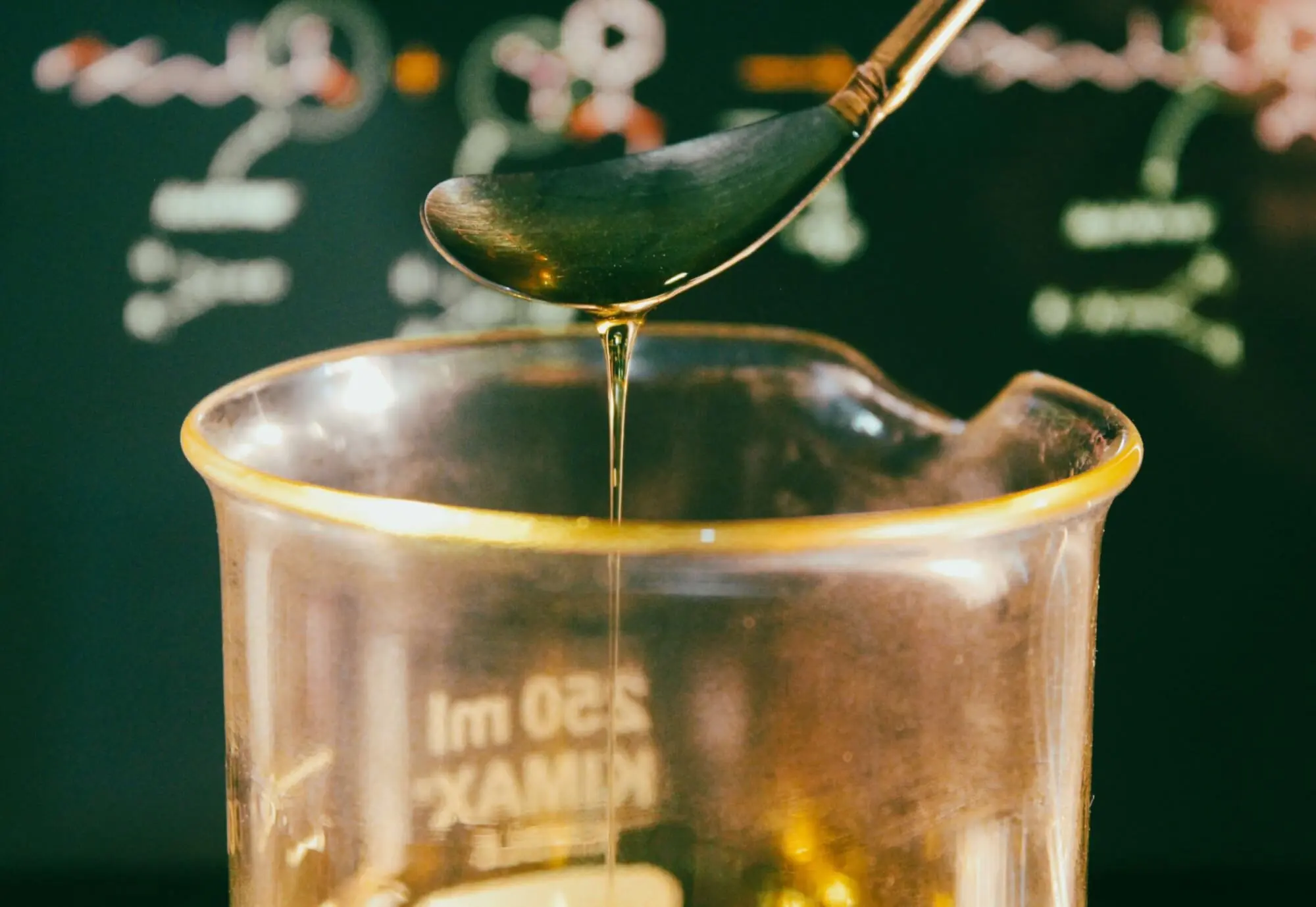
When it comes to genetic interference, we’re already living in the future of farming. Advances in genetic engineering have enabled scientists to develop new varieties of plants and breeds of animals that produce higher yields, resist disease and pests, and tolerate extreme climates. DNA-based technologies have allowed scientists to identify the most beneficial traits in animals and plants, such as those that make them better suited to particular climates or soil types, and breed these seeds much more quickly. Reproductive technologies, such as artificial insemination, make it possible to produce animals with desirable traits more efficiently than ever before.
Vertical farming is a method of agriculture that grows plants vertically in a controlled, indoor setting. It typically involves some form of smart farming tech like hydroponics, aquaponics, or aeroponics to promote growth sustainably.
Vertical farming is a way to increase food production while reducing land use, water use, labor costs, and transport needs. Urban areas can apply vertical farming and enjoy organic, local produce when they otherwise would have needed it shipped in from a rural area.
Blockchain in agriculture means employing a tamper-proof food tracing system that encourages traceability and eliminates concerns of unknown unethical practices. By making the flow of food products public, consumers can feel confident in their buying decisions and institutions can more easily track down the origin of contaminants.
One of the newest technologies in agriculture, blockchain promises many benefits including increased administrative efficiency and improved food safety and transparency.
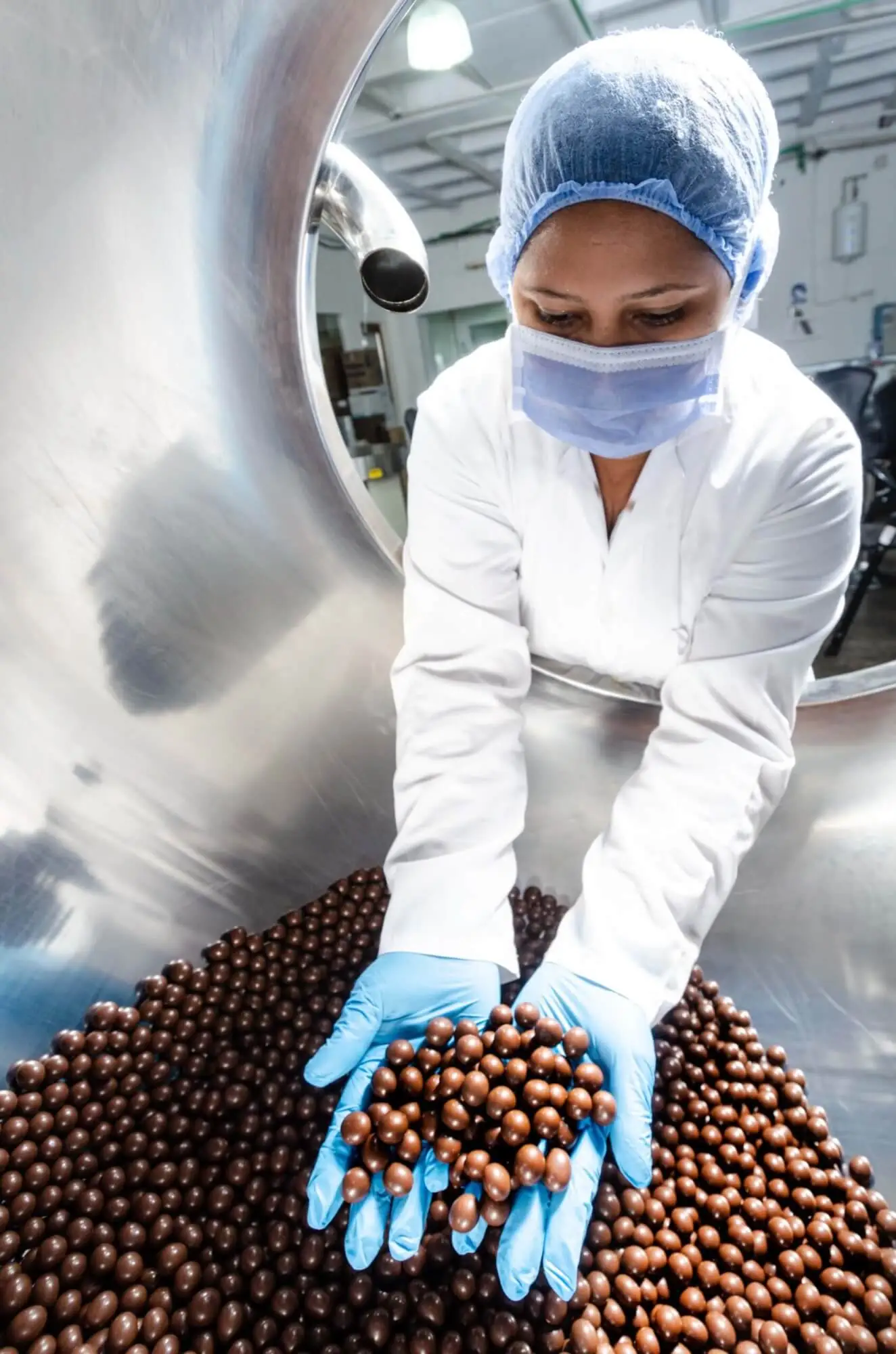
Blockchain technology can be used to track the movement of food items throughout the supply chain to ensure food safety. Increased transparency means everyone knows where what they’re eating comes from and whether or not regulations and protocols have been followed.
After the 2018 E. coli lettuce outbreak, Walmart implemented blockchain technology to keep track of where food products come from. Agricultural advancements such as this can reduce the frequency and duration of such outbreaks.
Transparency protects us all. As consumers, we have the right to know what we eat and what risks come with that. On the flip side, farmers can sleep easy knowing their methods have been traced and they can’t be blamed for anything they weren’t responsible for. For example:
Agrotechnological blockchain facilitates trustworthy data in a world where food production and distribution are complex, global undertakings.
Today’s challenges facing the agricultural sector are unavoidable; ignoring environmental degradation and warming temperatures is no longer an option. Farmers are already experiencing the impacts of climate change on agriculture operations, and are adapting to survive and thrive.
Covid 19 exposed the weaknesses and vulnerabilities of our agricultural supply chain. The next step is to address them and start focusing on long-term sustainability goals.
Agriculture was responsible for 11.2% of U.S. greenhouse gas emissions in 2020 – a whopping 669.5 million metric tons of carbon dioxide. The following actions would decrease emissions, but agritech can help make it so these changes don’t break the farmers’ bank.
These practices look pretty on paper, but history tells us that businesses usually require governmental and financial incentives to decrease their negative externalities.
For the future of farming to be sustainable, governments and banks might have to shift financial programs to a sustainability-first way of thinking. This could look like more environmental-based subsidies, emission requirements for loans, or stricter penalties for large food corporations that don’t reduce emissions.
Resource depletion is the result of uncoordinated and unregulated business practices. Soil degradation, overfishing, and deforestation are putting the future food supply at risk.
What are the consequences? Food and water shortages, extinction of species, increased damage from extreme weather, and a lack of biodiversity.
Agrotechnology can make it easier for farmers to make the green transition by recommending crops for rotation and lowering the need for water and chemical use.
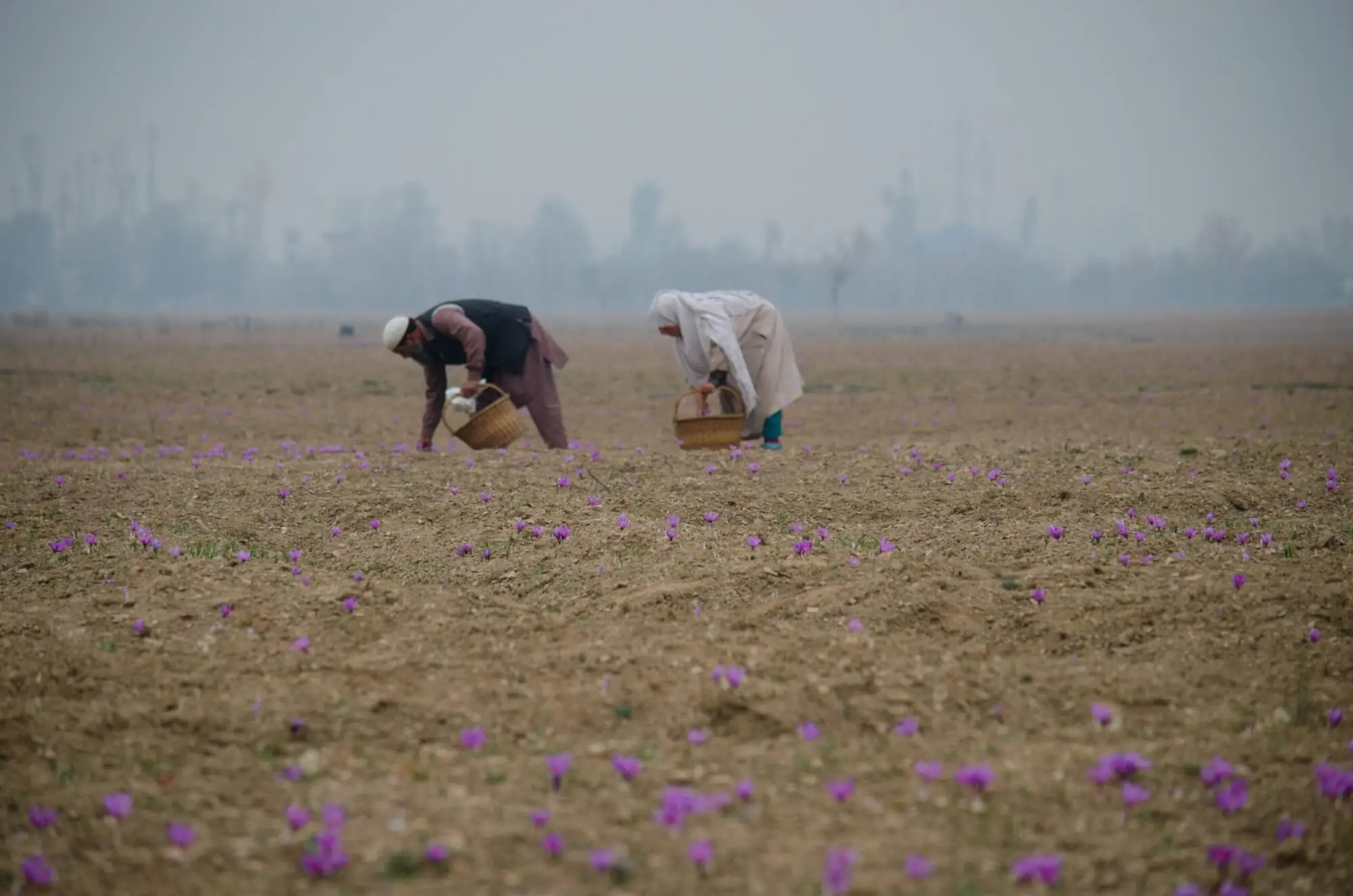
Soil sustainability means meeting current food supply needs without sabotaging the soil so much that future generations cannot use it. Part of land management means protecting the soil and retaining its health and nutritious qualities. Smart farming takes it a step further. New technologies can help farmers develop better soil health management systems and calculate the future health — or lack thereof — of their soil.
Water management involves planning, budgeting, regulating, and allocating water to meet the needs of the people. Doing so sustainably means maintaining the availability and cleanliness of natural water sources and using it sparingly.
Because agriculture accounts for 70% of global water use, optimizing irrigation techniques is one of the primary objectives of the water sustainability movement. Water-related agritech innovations give farmers the tools required to meet sustainability goals without hurting their business.
Serious technological innovations are needed to face-off with the challenges that lie ahead, the main one being food insecurity. We’re already seeing regional food shortages due to economic and geopolitical issues. Agrotechnology provides creative solutions to cope with food scarcity, making the future of farming one that adapts to new stressors and uses innovation to tackle its challenges.
ClimateAi is part of the solution, providing climate and weather predictions in a way that enables proactive management for producers and agribusinesses. Modern farming technologies all aim to increase efficiency for cost-savings, but combining this goal with wider green objectives makes the positive change mutually beneficial.
The future of farming is looking greener already.
As global food demand grows and constraints on farming persist, it might seem like farmers face an uphill battle. To address these obstacles (soil degradation, rising temperatures, resource depletion, water management, etc.), global agriculture has to work hand-in-hand with agritech to create new solutions to these problems.

An achievable goal for agriculture is to improve connectivity as a whole, meaning developing a wider network of data for supply chain, procurement, development, and with other farmers. Connectivity promotes innovation and allows agritech to spread. Having a wide web of connections opens doors to new sustainable and efficient practices in the era of digital farming.
Agriculture technology is only getting smarter. The global agritech market size is expected to double by 2030, with countries of all sizes taking part in installing smart sensors and efficient infrastructure.
Germany, South Korea, Japan, Canada, and Australia are excelling in sustainable agriculture. Japan even has goals to reduce pesticide use by 50% by 2050. In India, agritech start-ups raised $1.33 billion from 2020-2022.
ClimateAi is making waves for modernized agriculture by creating the first enterprise climate planning platform, allowing farmers to climate-proof their operations and get ahead of climate change risks. Learn more about our agricultural technology solutions today.